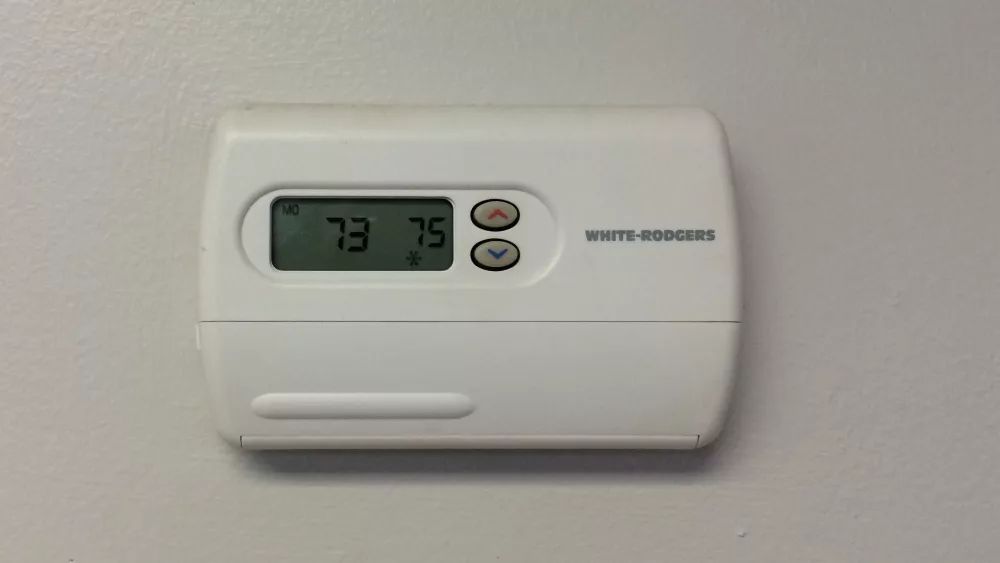
Michigan hospitals bring in less revenue per resident than the U.S. average, according to a new analysis of Medicare data. But whether that means lower costs for patients, greater efficiency in the system, or something else entirely is much less clear.
Florida led the nation with per capita hospital revenue of nearly $23,000, while Maryland came in last at just $3,506.
At first glance, Michigan’s below-average ranking might look like good news for patients. But health policy experts caution against drawing direct conclusions from the figures.
“Gross patient revenue” is the total amount hospitals bill and collect from all payers — private insurers, Medicare, Medicaid, and patients. It is not the same as what patients actually pay out of pocket, nor is it a direct measure of cost of care.
Hospital revenue also reflects differences in state health systems, demographics, and billing practices. A state with many older residents might generate more hospital revenue simply because Medicare patients use more services. States with large urban centers or major academic hospitals might bill higher amounts for advanced or specialized care.
Why Comparisons Can Mislead
Maryland is a case in point. Its unusually low ranking does not mean hospitals there are cheap or underfunded. Instead, Maryland operates under a unique “all-payer” model that regulates hospital rates statewide. The system flattens billing levels and keeps per capita revenue artificially low compared to the rest of the nation.
On the other end of the scale, Nevada’s third-place ranking ($21,908 per capita) is influenced by its small population — about 3.3 million residents — divided into a relatively high hospital revenue base. That drives up the per-person figure even if individual patients are not necessarily paying more.
What It Doesn’t Tell Us
For Michigan, ranking 32nd suggests that hospitals here bill somewhat less aggressively than in many other states. But it does not prove that:
-
Rates paid by patients are lower, because ‘revenue’ includes income from many sources, not only what patients pay
-
Care is delivered more efficiently or at lower cost
-
Outcomes and quality of care are better (or worse)
In fact, lower revenue could just as easily reflect financial pressures on hospitals, lower negotiated reimbursement rates from insurers, or differences in how care is billed rather than how it is delivered.
The Bigger Picture
Health care costs are one of the most complex and least transparent parts of the U.S. economy. A single metric like “per capita hospital revenue” may catch attention, but without deeper analysis of insurance coverage, household spending, utilization, and patient outcomes, it says little about whether Michigan residents are truly better off.
As Seth Bader, spokesperson for the study, put it: “These substantial variations in hospital revenue per capita raise important questions about healthcare pricing, utilization, and access across different states.”
For now, Michigan’s middle-of-the-pack standing in this ranking highlights the complexity of comparing health costs across state lines. Whether patients here are actually paying less — or just paying differently — is a question that remains unanswered.





